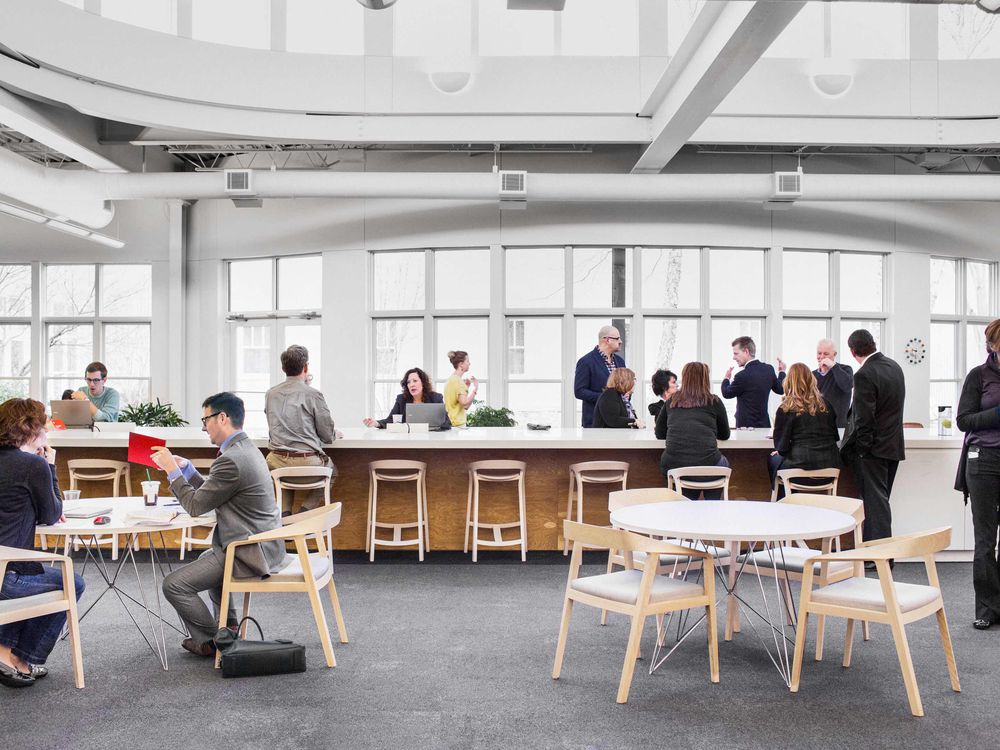This decade is seeing unprecedented shifts in our ways of working. In 2020, many of us switched to a home office set-up overnight. Companies who did not know it before started to realise that a remote set-up works better than expected. At the same time, people have learned to appreciate the benefits of physical meetings and getting together in an office. If there's anything people have missed about being at work, it is the company, the people and the chat.
As companies bring employees back to the workplace, it’s tempting to revert to old work models. But doing so would be a missed opportunity to redesign workspaces for the way they should be—not the way they used to be.

Hybrid is here to stay
In the post-Covid era, physical space needs to be reimagined. The office of the future requires organisations to consider an altered footprint and layout that will emerge from a hybrid work model. Since in-person work will look substantially different, organisations need to make sure that their physical space is in tune with the objectives of the people within it. Pre-pandemic cubicle setups may be a thing of the past, making way for areas of collaboration, innovation, and community-building.
A challenge is to adapt offices to places and spaces in which post-Covid workers would eagerly wish to return. If we assume that a lot of the lone screen time for writing, processing and analysing will be at home, visits to the office will be more about meeting, creativity, brainstorming and social time. And this is a perfect time for re-allocating space within offices and creating something that will be good both for people and for business.
Start thinking about the impact of hybrid
The relationship between employees and the workplace has changed in ways that require organisations to invest seriously in helping people navigate through their vision for the hybrid workplace and any changes to the physical workspace. Doing so can help employees balance productivity, well-being, and a sense of connection in the evolving future of work. This means that companies are well-advised to start thinking about what their hybrid work concept is going to look like. According to a Work Trend Index survey conducted in January 2021by Edelman Data & Intelligence amongst 31,000 employees in 31 markets:
- 66% of leaders state that their company will consider redesigning office spaces for hybrid work.
- 73% of employees want flexibility in their work location.
- 67% of employees also wish for more in-person collaboration after the pandemic.
So the message is clear; we should embrace the hybrid model and adopt a flexible approach to the office. This means creating a space allowing for a maximum of functionality – but at the same time one that is easy to adapt and transform to current needs. The rewards are significant, including improved employee well-being and productivity rise. Small wonder that an increasing number of organisations have already embarked on the road to transforming their offices to workplaces of the future.
